|
Wednesday, January 22, 2020
|
|

|
|
|
Monthly newsletter focusing on how light-based technologies are being used in the life sciences. Includes news, features and product developments in lasers, imaging, optics, spectroscopy, microscopy, lighting and more. Manage your Photonics Media membership at Photonics.com/subscribe.
|
|
|
|
sponsor
|

|
|
Medical Imaging Technology Exploits Light, Sound
Photoacoustic imaging, or the use of light to create sound, can result in better diagnoses of solid tumors in breast, thyroid, and other cancers, as well as reveal the development of Crohn’s disease, vascular disease, and other conditions. And now, after decades of research and development, the first photoacoustic devices for clinical diagnostics are awaiting FDA clearance. Photoacoustic (or optoacoustic) tomography can image blood flow, volume, and oxygen saturation, providing important functional information to complement structural data, including the location and shape of specific tissues such as bones or organs. Advancements in sources, detectors, software, and systems are resulting in a reduction of costs and the improved performance of imaging systems.
|
|
|
|
|
|
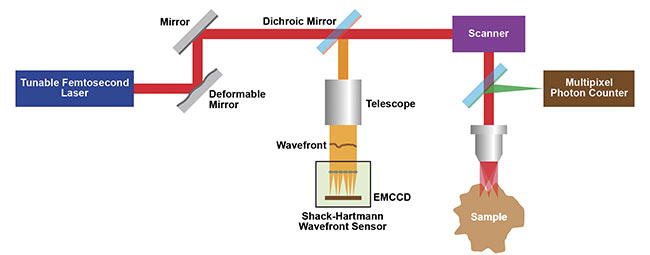
|
Multiphoton Microscopy Points Imaging to New Depths
While multiphoton excitation is now firmly established as a front-line tool in microscopy, it is still an evolving field producing a steady stream of new applications and techniques, all supported by advancements in lasers and microscopes. A key trend is the push for deeper imaging in vivo. It has recently been shown that a broadly tunable laser source enables researchers to use a “guide star” method, originally used in the field of astronomy, to perform the wavefront correction needed for high-resolution two-photon images deep in the mouse brain. Furthermore, researchers have discovered that three-photon excitation, using a new generation of amplified sources, enables deep imaging in dense tissue to help investigate the inflammatory response in mammalian lymph nodes. In addition, the maturation of multiphoton excitation has led to a broadening applications base that has created the need for compact, economical, fixed-wavelength ultrafast lasers that feature operational simplicity and high reliability.
|
|
|
|
|
|
Imaging Technology, Experimentation Converge at SPIE BiOS
A host of researchers and industry experts will descend on SPIE BiOS 2020 in February to expound upon — and demonstrate — the ability of optical technologies to analyze, diagnose, and treat a multitude of medical conditions that clinicians grapple with every day. And while dermatology will be a component of this year’s conference, innovations within the biophotonics sphere have proven to be more than just skin deep, providing key insights into areas such as cardiology, head and neck surgery, and drug treatment with the aid of the latest equipment in microscopy, spectroscopy, lasers, and other imaging techniques.
|
|
|
|
|
|
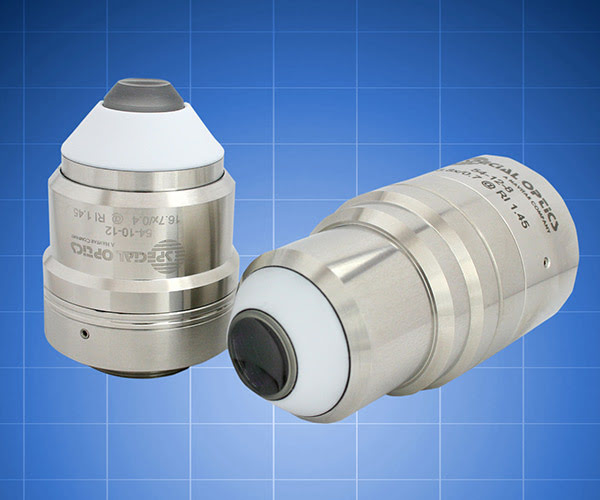 Multi-Immersion Objectives
Multi-Immersion Objectives
Applied Scientific Instrumentation Inc.
ASI and Special Optics have developed two dipping objective lenses designed for light sheet microscopy of cleared tissue samples, including ASI’s ct-dSPIM. These objectives work in any refractive index media without a correction collar because of a unique curved first surface.
Visit Website
Request Info
|
|
|
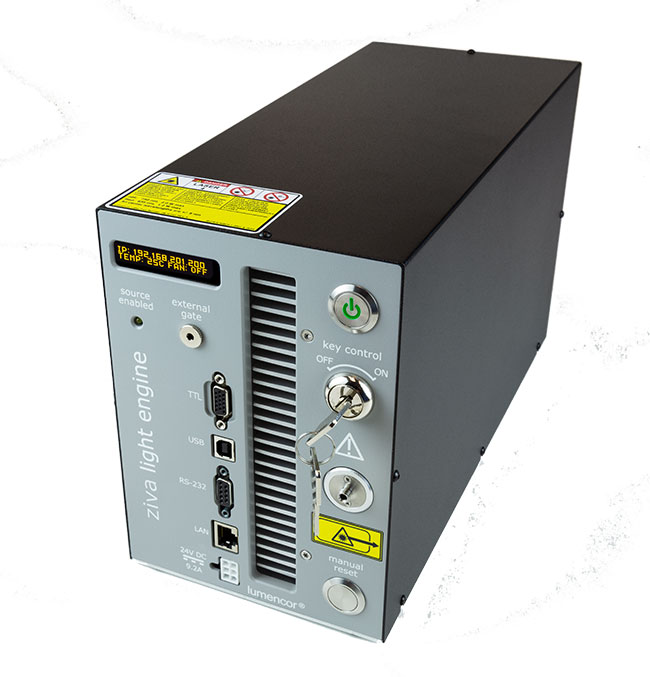 ZIVA Light Engine®
ZIVA Light Engine®
Lumencor Inc.
The ZIVA light engine is optimized for coupling into narrow bore fibers (≤100 µm) providing a system with ultra high radiance from their small emitting area, much brighter than its predecessor the CELESTA light engine. The ZIVA has the following laser lines: 405 nm, 446 nm, 477 nm, 520 nm, 546 nm, 638 nm, and 749 nm.
Visit Website
Request Info
|
|
|
|
|
|
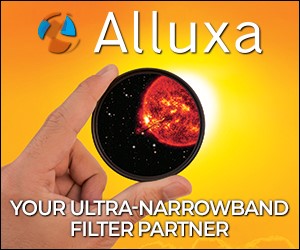 Alluxa Ultra Series Filters
Alluxa Ultra Series Filters
Alluxa
Alluxa Ultra Series Filters, including Narrowband, Dichroic, UV, IR, and Notch filters, provide the highest performance optical thin film solutions available today. For example, the Ultra Series Flat Top Narrowband filters offer the narrowest bandwidths and squarest filter profiles in the industry.
Visit Website
Request Info
|
|
|
 Mantis³
Mantis³
Photonis Scientific Inc.
The Mantis³ consists of a Timepix3-based visible light camera coupled to a Cricket containing a high-end image intensifier. The TPX3Cam* is a high-rate, event-driven, timestamping camera. The coupled image intensifier enables single photon sensitivity and offers a choice of photocathodes optimized for your application.
Visit Website
Request Info
|
|
|
|
|
|
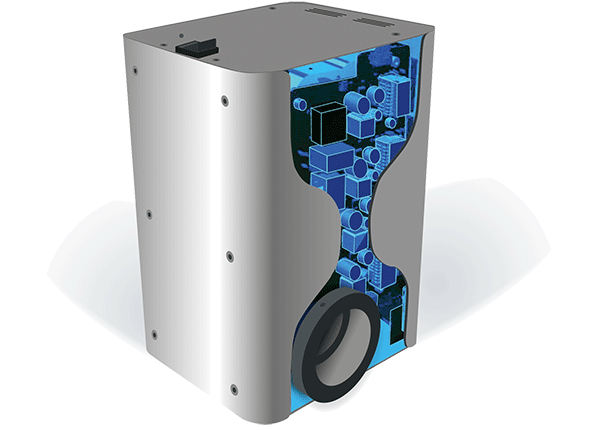 New OEM LED Illumination Platform
New OEM LED Illumination Platform
CoolLED Ltd.
At BiOS this year, visit booth #8281 to find out about a new approach to fast-track the development of high content screening and slide scanning systems. LED illumination systems are the perfect match for fluorescence microscopy. With unbeatable speed, stability and energy-efficiency, what’s not to love?
Visit Website
Request Info
|
|
|
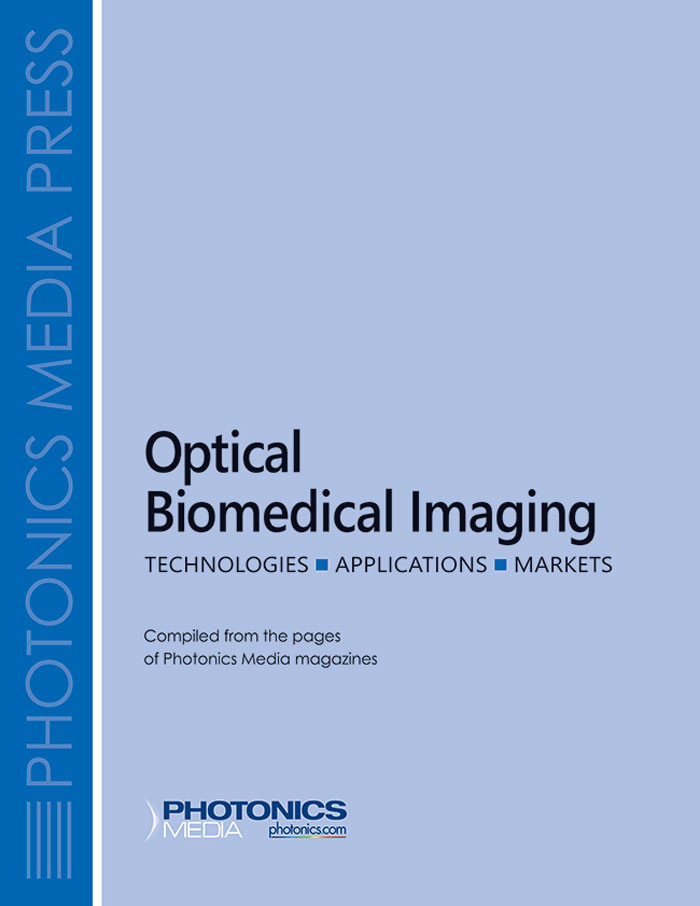 Optical Biomedical Imaging
Optical Biomedical Imaging
Photonics Media
At last, a reference work has been compiled that offers in one place a broad survey of technologies, applications and markets for optical biomedical imaging, as only Photonics Media could produce it. This collection is a practical resource for those engaged in the research and development of relevant technologies.
Visit Website
Request Info
|
|
|
|
|
|
Microresonator Measures and Images Nanoparticles with High Degree of Sensitivity
Scientists at the Okinawa Institute of Science and Technology (OIST) Graduate University have developed a light-based device that can act as a biosensor, detecting biological substances in materials, such as harmful pathogens in food. The scientists said that their tool, an optical microresonator, is 280× more sensitive than current industry-standard biosensors, which can detect only cumulative effects of groups of particles, not individual molecules
|
|
|
|
|
|
Using deep learning techniques, researchers from the Salk Institute have developed a new microscopy approach that could make microscopic techniques used for brain imaging 16 times faster. The researchers trained their deep learning system using data from the Texas Advanced Computing Center (TACC) at The University of Texas at Austin.
|
|
|
|
Scientists from the Chinese Academy of Sciences have developed a new imaging technique that produces nm-scale resolution using significantly fewer images than traditional nanoscopy techniques. The scientists used ghost imaging to enhance the imaging speed of their technique. The new approach could be useful for live cell imaging.
|
|
|
|
Optical Design and Fabrication: Considerations for Going Custom
Tue, Feb 25, 2020 1:00 PM - 2:00 PM EST
This webinar will address the items to consider when designing and fabricating a custom lens for any given system. Presenter Stuart Singer, chief executive officer at Schneider Optics, Inc., will review the basic parameters and specifications required to analyze a possible commercial off-the-shelf (COTS) lens solution, a modified COTS lens solution, or lens solutions that are fully modified to meet your requirements. He will review basic optics principles and provide practical guidance on optical specification, and will address custom lens design fabrication tolerances with regard to cost and feasibility for single application as well as serial mass production. You will learn how to convey your requirements to an optical design/fabrication company to obtain meaningful quotes and a full understanding of your options.
|
|
|
|
|